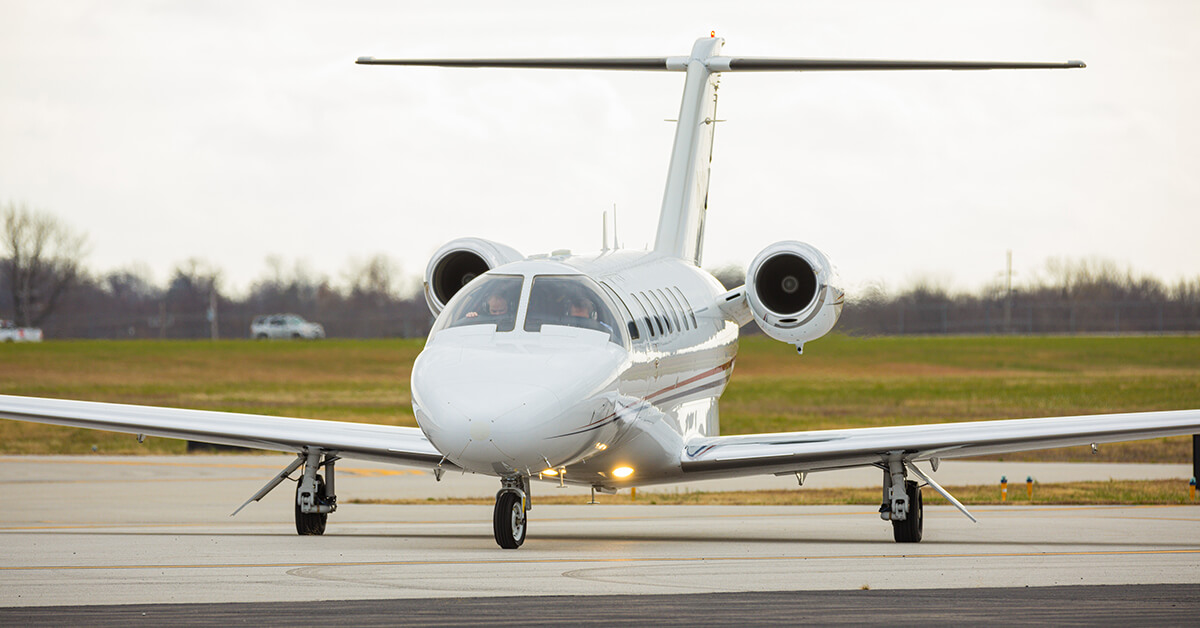
June 1, 2021
The Commercial Aviation Alternative Fuels Initiative (CAAFI) Virtual Mini-Symposium brought together regulators, environmental health officials and aviation stakeholders to provide an encouraging update on the progress toward widespread development and adoption of sustainable aviation fuels (SAF).
In recent years the fuels have become a key part of the industry’s ongoing drive to lower aviation lifecycle carbon emissions. CAAFI Executive Director Steve Csonka noted more than 80 producers are currently working on various SAF-related projects in North America.
“Additionally, commercial and business aviation are working jointly on the development of an SAF book-and-claim system that can be used universally to track the production and use of SAF, allowing it to be delivered to the aviation enterprise in the most low cost, low CI [carbon index] fashion,” Csonka added.
As another means or catalyzing the development, availability and use of SAF, Csonka pointed to legislation before lawmakers on Capitol Hill, specifically, the NBAA-supported Sustainable Skies Act, which would establish a long-term blender’s tax credit up to $2.00/gallon for fuels that achieve a 100% greenhouse gas emissions reduction. Read more about the Sustainable Skies Act.
Initiatives to drive more environmentally-sustainable transportation alternatives also have the broad support of the Biden/Harris administration, with the latest White House budget released last month including additional funding for SAF.
“We have a sense of urgency,” said Michael Berube, acting deputy assistant secretary for sustainable transportation at the U.S. Department of Energy. “The president has given us a very clear 2050 goal for overall net zero economy, but our focus is not on 2050 alone. We know we must start aggressively now.”
Kevin Walsh, executive director at the Office of Environment and Energy at the FAA, lauded the “long, conservative, deliberate effort” by CAAFI and its stakeholder organizations to promote awareness and support for SAF across the aviation industry.
“We are on the cusp of really dramatic advances in this area of significant scale-up for [SAF] production,” he added. “There’s really robust engagement and participation in this group. We’re starting from a good foundation, and what we’re focusing on now is [establishing] a really ambitious vision and increasing our action to scale up the production of SAF.”
The mini-symposium continues June 2-3.


 International Business Aviation Council Ltd.
International Business Aviation Council Ltd.